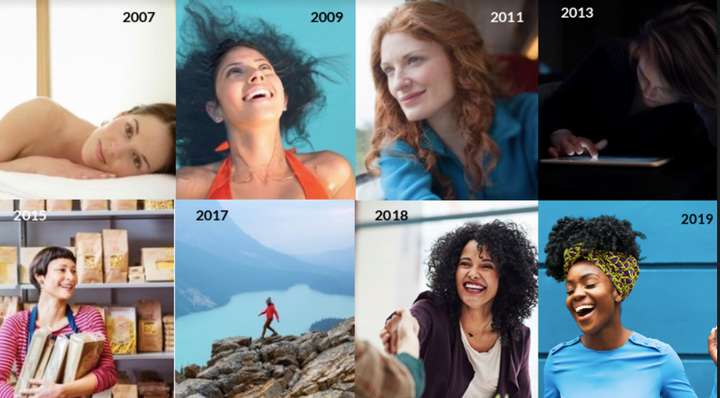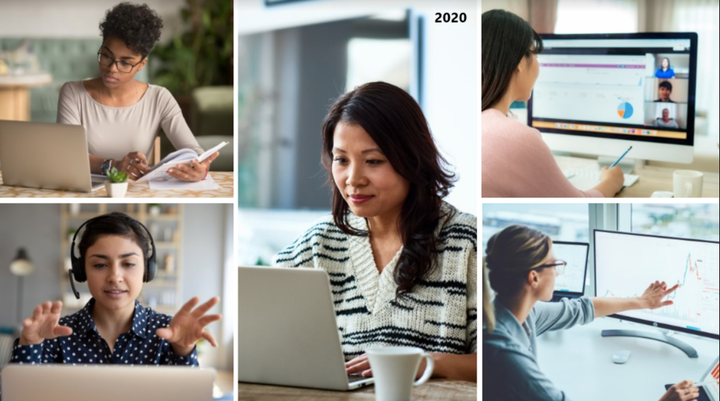Magazines in the noughties had one thing in common: a tendency to feature photos of slim, white women, looking vacantly into the distance. Today, the media is finally starting to represent women as we really are.
Photo provider Getty Images has revealed the top selling images for the term “woman” globally between the years 2007 and 2019. The company is behind many of the images you’ll see in magazines and advertising – but its clients select which images to use from a huge gallery of over 375 million assets.
Back in 2007, photos of passive white women were the most popular. But in the past 14 years, brands have (slowly) moved to diversify their pages, showing more women of colour, as well as active, working women.

“Images have the power to make and break stereotypes,” says Dr Rebecca Swift, global head of creative insights at Getty Images. “They have the power to make people feel seen, included, accepted. Inclusive imagery is key to building an inclusive society in which people of all shapes, sizes, backgrounds, beliefs, sexual orientation and gender identities feel they can be their real selves.”
The company has also shared the most downloaded images of women in 2020, which are dominated by photos of women working from home. Notably, while the women are of varying ethnicities, they’re also all slim (without any little rascals interrupting their Zoom calls).

The site shared search terms that have seen a notable year-on-year increase from 2020 to now. The phrase “Black woman” has seen a 72% increase from UK customers, meanwhile “female footballer” is up 106%, “female chef” up 89%, “female mechanic” up 47% and “female farmer” up 22%.
While the most popular images in 2020 show a shift in representation, a survey found only 9% of UK women feel well represented in advertising and just 7% consider themselves well represented in communications from companies.
Additionally, of the women who reported feeling discriminated against, 45% said it is because of their body, shape or size and 36% reported discrimination because of the way they look, dress or present themselves.
The survey was commissioned two years on from the launch of Project #ShowUs, a collaboration between Getty Images, Dove and Girlgaze to promote more authentic and inclusive portrayals of women. More than 14,000 photos have been created for the project, “shattering beauty stereotypes by showing female-identifying and non-binary individuals as they are, not as others believe they should be”.
Now, we just need magazines to use them.
